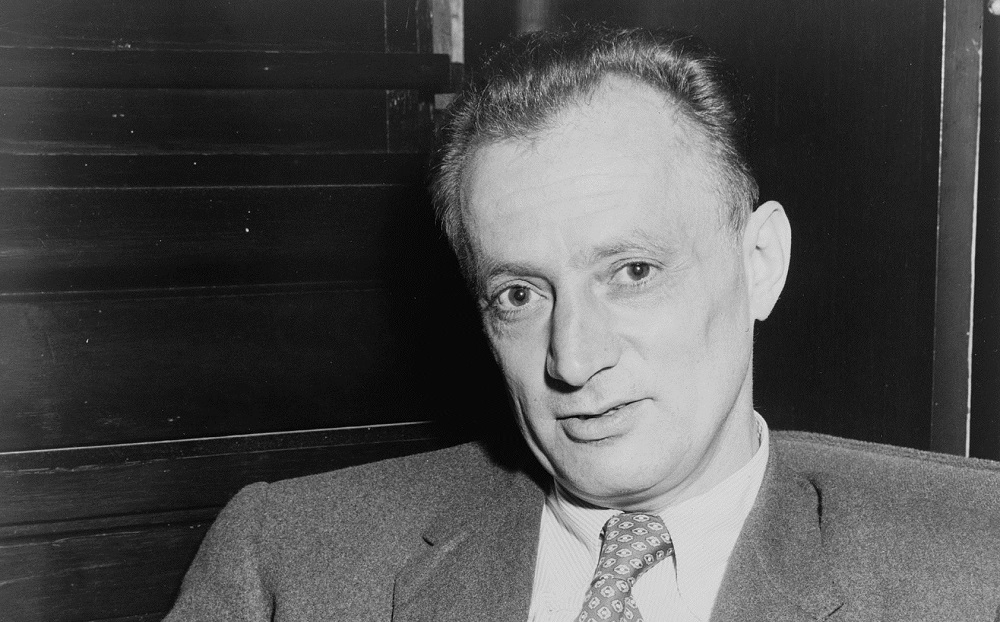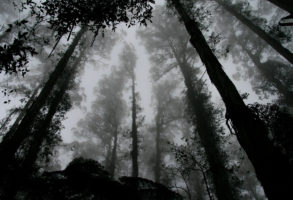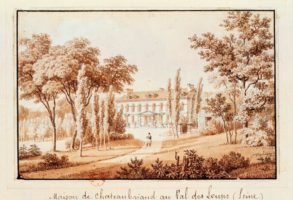
Published July 26, 2019
National Review - July 29, 2019 issue
Review: Never a Lovely So Real: The Life and Work of Nelson Algren, by Colin Asher (W. W. Norton, 560 pp., $39.95)
The hour would appear to be right for the resurrection of Nelson Algren (1909–1981), who had been Chicago’s premier novelist several years before Saul Bellow rose to eminence, and who made his reputation as the arch-poet of destitution and degradation, the principal mourner and celebrant of whoredom, pimpery, grifting, drug addiction, and deadly street brawling. The pathos of lumpenproletarian misery has never gone entirely out of artistic fashion, but its status has been enhanced recently by the vogue for socialism and the ever-growing hatred for the undeserving rich. Accordingly, Colin Asher expresses the hope that his new life of Algren will move people to “seek out his best work and read it in the same spirit in which it was read when it was published: a time when critics compared Algren to Dostoyevsky, Dickens, and Sandburg, and said his books deserved to be ‘read, remembered, and admired’; . . . and when his stories were celebrated for their ability to convey ‘the dramatic sense of right against wrong and everkindled hopefulness.’”
He was born Nelson Algren Abraham, and everything about his parents dismayed him. Gerson Abraham owned a garage where he repaired flat tires for a living, and his son, wised-up young, despised him for his lack of common sense and especially for refusing to believe that Chicago policemen took bribes.
So Algren learned in the streets the lessons he was not taught at home: what life was really all about. “Violence was the neighborhood’s common tongue, according to Nelson.” The bully who beat him up whenever they met matured into a rapist and murderer. During the 1919 race riots, Algren’s sister witnessed six white berserkers dragging a black man out of sight; then she heard a gunshot and saw the white men walk away at their leisure. Algren’s spiritual homeland would be this kingdom of darkness that most people would rather not know about. While he was still in high school he took to frequenting the speakeasy and gambling den next door to his father’s shop, and the allure of the low life never wore off. The neighborhood’s seediest denizens, in Asher’s words, “always, even in their darkest moments, [gave Algren] the impression they were members of a species so high on the food chain, it made its own rules.”
Briefly, while a journalism student at the University of Illinois, Algren made an effort to mend his ways, under the spiritual direction of the Stoic philosopher-emperor Marcus Aurelius; but he soon recanted and plunged ever deeper into the pleasures of the flesh, which included sleeping with his landlady. He got his college degree in 1931 and found abruptly that the Great Depression made it worthless. Looking for any sort of work, he rode the rails as a hobo, traveling over 3,000 miles before heading back to Chicago. Algren now had stories to tell, and he fell in with a cadre of proletarian writers who encouraged him to tell them. He parlayed the publication of his first short story into a $100 advance on a novel and resumed the vagabond life that would furnish the material for Somebody in Boots (1935). As Asher notes, the fledgling novelist was “a revolutionary endeavoring to expose capitalism as a violent and predacious system, and his methods were blunt and fervent.” Sporting epigraphs from The Communist Manifesto, retailing the sufferings of the down and out, mocking the hypocrisy, tawdriness, and unearned self-satisfaction of Chicago’s Century of Progress Exposition, the novel sold fewer than 800 copies and did not even cover Algren’s advance. Failure seemed definitive and general. His father’s business folded and the family lost their house. One day Algren’s girlfriend discovered the desperate writer with a gas pipe in his mouth.
He could not go on but he went on. Menial jobs and the assistance of the New Deal’s Federal Writers’ Project sustained him while he wrote stories, poems, and another novel, Never Come Morning (1942). It tells of Bruno Bicek, a.k.a. Lefty Biceps, a 19-year-old club fighter and petty thief from Chicago’s Polish Northwest Side who is intimidated by a knife-wielding fellow gang member into allowing his girlfriend, Steffi, to be raped by the whole gang. While Bruno is standing by and listening to the commotion, he beats and kicks to death a Greek stranger who presumed to get in line for the sport. Steffi becomes a prostitute, Bruno realizes he loves her, and he hopes to redeem them both by winning a boxing match with a superior black fighter and earning a purse big enough to free Steffi from her pimp. Bruno does win the fight, by a lucky knockout, but some guys can’t win for losing: A rat squealed, and the police arrest Bruno in his locker room for the murder of the Greek. “‘I knew I’d never get to be twenty-one anyhow,’ he said.” Odds were against any noticeable improvement in his situation had he lasted until 22.
The dice invariably come up snake eyes for Algren’s characters, even as Algren himself began to have some reason to think he was going to win big. Although the Chicago Public Library refused to allow Never Come Morning on its shelves because the city’s vast and volatile Polish population went into conniptions, the book would eventually sell over a million copies, mostly in cheap paperback editions that did not make Algren as wealthy as he thought he deserved; it also enjoyed a great succès d’estime when Jean-Paul Sartre did the French translation. As an additional benefit of his success, Algren would have the most passionate love affair of his life with Sartre’s longtime mistress, the novelist and intellectual Simone de Beauvoir, when she came to Chicago.
Everything looked promising. The Man with the Golden Arm (1949) not only sold well but also won the first National Book Award for fiction. A clear and familiar main line of action runs through the convoluted plot: Frank Majcinek, better known as Frankie Machine, a professional card dealer and a morphine addict, commits murder on a moment’s impulse and hangs himself as the police are closing in. Algren does ultraviolence as though he means it: “If the shaking didn’t stop he was going to cry in front of the punk and a flame of cold shame for having lain in a cold and secret sweat begging for morphine charged the fingers with a pride of their own. He rose on the balls of his toes and came down with all his weight full upon that white defenseless nape. The throat made a single startled gurgle. Then the neck flopped forward like a hen’s with the ax half through it.” Such eloquent, chilling precision, along with a vein of brutal humor, helped make this Algren’s most successful novel.
He would again display those qualities to winning effect in his 100-page prose poem Chicago: City on the Make (1951), which just may be the best thing he ever wrote; but he would never write another novel worthy of his talent. A Walk on the Wild Side (1956), set in Depression-era New Orleans, suffers grossly from the resistible monkeyshines and sentimental philosophizing that his literary virtues made it possible to overlook in earlier works. The hero of this picaresque, Dove Linkhorn, who knew his greatest success in life deflowering prostitutes pretending to be virgins while the respectable clientele watched through peepholes, waxes profound: “‘I feel like I been everywhere God got land,’ Dove thought, ‘yet all I found was people with hard ways to go. . . . All I found was two kinds of people. Them that would rather live on the loser’s side of the street with the other losers than to win off by themselves; and them who want to be one of the winners even though the only way left for them to win was over them who have already been whipped.’”
This is perhaps Algren’s most Dickensian novel, and the most Dostoevskian as well — to recall Colin Asher’s outburst of enthusiasm for an Algren revival. But Algren resembles the two masters only superficially, in his antic grotesquerie; any deeper affinity is wholly wanting. Even at his best he lacks Dickens’s warmth of soul and love for middle-class normality; and he does not possess the least trace of Dostoevsky’s intellect or spiritual magnificence. After the failure of A Walk on the Wild Side, Algren did not even try to write a novel for over 20 years and called himself a journalist instead, writing for a slew of men’s magazines whose names are best forgotten. He should be grateful to have an admirer as ardent as Asher, but he would have recognized himself that it is an ardor largely misconceived.
This article appears as “The Loser’s Side of the Street” in the July 29, 2019, print edition of National Review.
Algis Valiunas is a fellow at the Ethics and Public Policy Center and a contributing editor of The New Atlantis.








